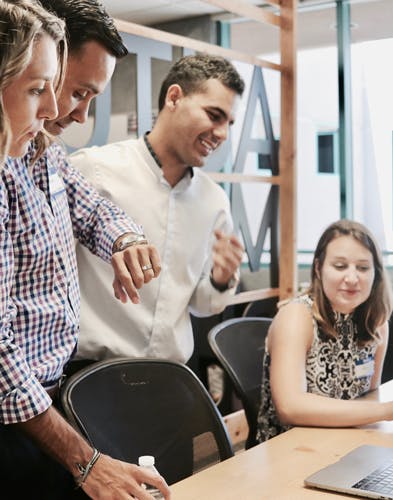- Descripción general
- La ciudad
- Para hacer y para ver
- Cafés
- Bares y Vida Nocturna
- Compras
- Información de la ciudad
¿Necesitas ayuda para dar el primer paso?
Habla con nuestros agentes
EmpezarVive donde quieras
Navegar por tipo de propiedad

Habitación individual en un piso de 2 habitaciones

Habitación individual, con balcón, en un piso de 7 habitaciones

Habitación individual, con balcón, en un piso de 6 habitaciones

Habitación individual, con balcón, en un piso de 5 habitaciones

Habitación doble, con baño privado, en un piso de 2 habitaciones

Habitación doble en un piso de 2 habitaciones

Habitación doble, con baño privado, en un piso de 2 habitaciones

Habitación individual en un piso de 2 habitaciones

Habitación individual en un piso de 2 habitaciones

Habitación doble en un piso de 4 habitaciones
Coincidir con quién eres
Explorar por tipo de perfil

Estudiantes
Explore una variedad de alojamientos para estudiantes en diferentes vecindarios.

Nómadas digitales
Cambia la forma en que descubres el mundo, disfruta de lugares únicos con comunidades vibrantes.

Profesionales
Trabaje con Wi-Fi confiable y excelentes comodidades, manténgase productivo y haga su mejor trabajo.

Grupos
Ya sea grande o pequeño, puede ser un desafío, pero podemos hacértelo más fácil.

Familias
Ya sea una familia grande o una pequeña, puede ser un desafío, pero podemos hacértelo más fácil.

